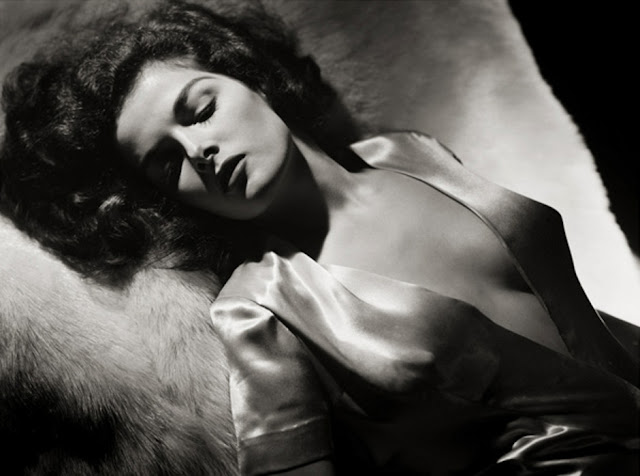George Hurrell: Lights, Camera, Glamour!
Ever since the advent of the motion picture over a hundred years ago, film studios have advertised their movies through billboards, posters and post cards. In order to attract an audience, the faces of the leading lads and ladies of the screen were used for publicity. The more successful films would use images of their stars that were more adventurous, sometimes provocative but almost always glamorous. And in 1930s Hollywood, nobody did glamour better than portrait photographer George Hurrell.
George Hurrell was the king of Hollywood portraiture in the 1930s and 1940s, but before mastering his photographic style, he actually studied painting (similar to Edward Steichen, another notable photographer who pioneered glamour and fashion photography in the 1920s).
At first, he only employed the photographic method in order to record his artworks, but he soon found photography itself to be a far more lucrative venture. He would then open a studio in Los Angeles, but it was a chance introduction later on that would distinguish him in Hollywood.
In the 1920s, Ramón Novarro was one of the most sought after screen actors of that time. An introduction through a mutual friend landed Hurrell a portraiture session with Novarro, the result of which was so impressive that the actor forwarded the photographs to leading actress Norma Shearer. She in turn commissioned Hurrell to take her pictures in a new, more sensual and daring manner. The ground-breaking images helped convince her husband, MGM executive Irving Thalberg to appoint Hurrell as the chief of the company's portrait photography department
At that time, MGM Studios was an emerging Hollywood powerhouse for talkies and musicals. As head of MGM's portrait photography department, Hurrell had easy access to stars such as Clark Gable, Joan Crawford, Jean Harlow and the like. This meant that his style of photography would become the most viewed and copied wherever a movie theater was present in the US and around the world.
Hurrell's distinctive approach to his portraiture evoked a more idealized image of the leading ladies and men of that time (his innovative work would help popularize glamour photography in the industry). Strong contrasts in his black-and-white photos meant that he could exaggerate certain features and curves of his subjects, something the viewing public agreed with. He would continue this approach as he switched movie studios into his career.
After the Second World War, Hurrell's stylized photographic manner slowly waned in favor of a more grounded approach in the late 1950s. He then worked for different editorials and publications, and dabbled with color photography, occasionally shooting a few more celebrities in his later years, but it's his pioneering black-and-white Hollywood portraits that would ensure that the name George Hurrell, the "Grand Seigneur of the Hollywood Portrait", would live on.
Most of these wonderful images were taken from www.georgehurrell.com and www.hurrelleditions.com. Check them out for more fine George Hurrell photography. Among the many books on Hurrell out there, try 50 Years of Photographing Hollywood: The Hurrell Style, Hurrell's Hollywood Portraits and Hollywood Portraits which collects other fine Hollywood portraiture.


















3 nhận xét:
have a peek at this site recommended you read reference replica louis vuitton bags official site click to find out more
find out this here replica bags from china try this out web link my company article
content www.dolabuy.ru my response replica dolabuy published here Dolabuy Celine
Đăng nhận xét